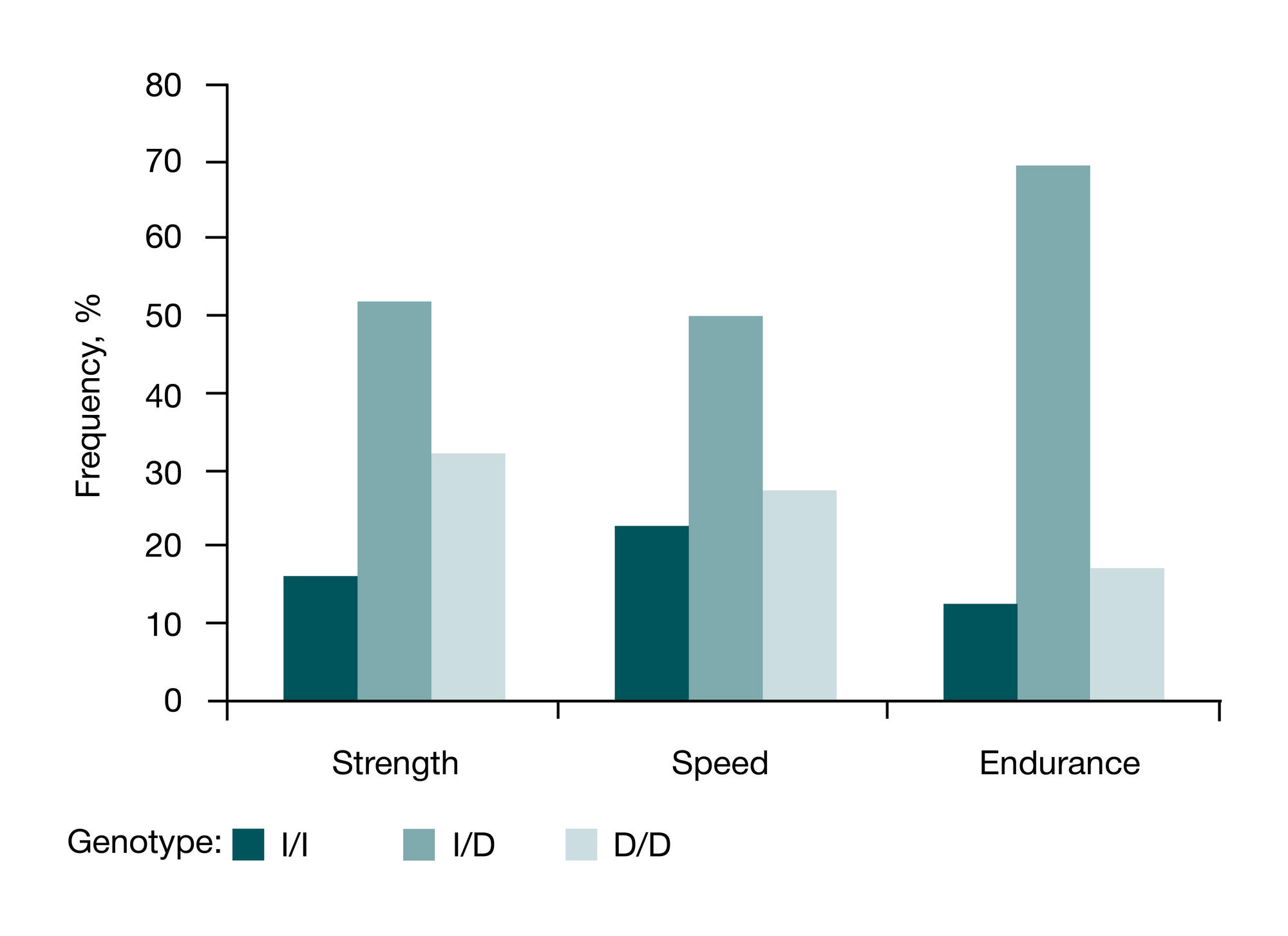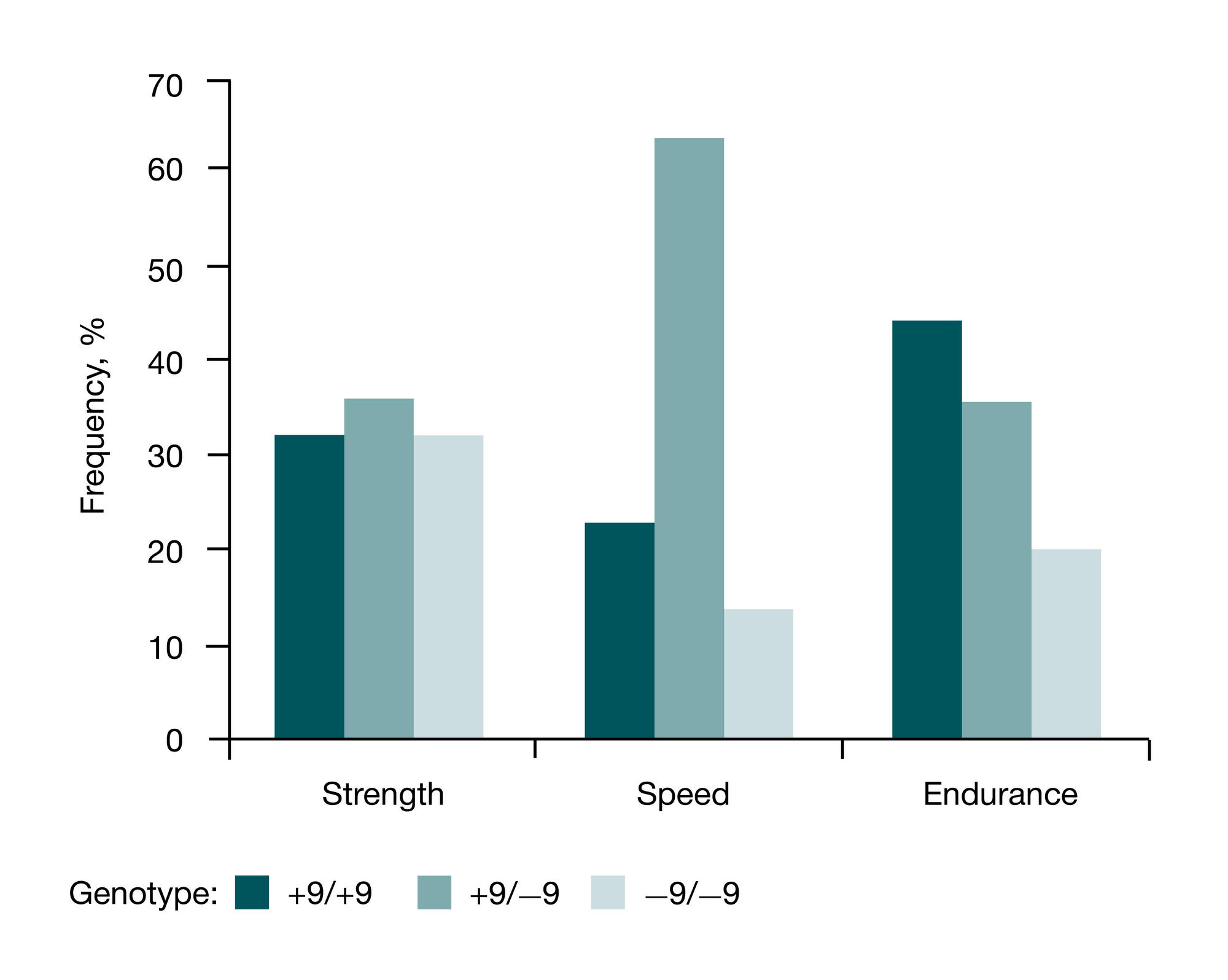
ORIGINAL RESEARCH
Association of polymorphic variants of ACE and BDKRB2 with heart rate variability in athletes of the Republic of Karelia
1 Laboratory of Genetics, Institute of Biology,KarRC RAS, Petrozavodsk, Russia
2 Department of Human and Animal Physiology, Pathophysiology and Histology, Medical Institute,Petrozavodsk State University, Petrozavodsk, Russia
3 Research Group for Math-Modeling of Biomedical Systems,Research Institute for Molecular Biology and Biophysics, Novosibirsk, Russia
Correspondence should be addressed: Sergey Kolomeichuk
ul. Nevskogo, d. 50, Petrozavodsk, Russia, 185910; ur.relbmar@kuhcyemolok_yegres
Funding: this work was supported by the Russian Foundation for Assistance to Small Innovative Enterprises (the Umnik program) and the state-funded Project No. 0221-2014-0034.
Acknowledgements: the authors thank Olga Fedorenko, CSc, of the Institute of Biology, KarRC RAS, for her valuable comments.
Contribution of the authors to this work: Kolomeichuk SN — analysis of literature, research planning, data collection, analysis, and interpretation, drafting of a manuscript; Alekseev RV — selection of athletes, participation in collection of data about heart rate variability, statistical processing and discussion, research planning, data analysis and interpretation, drafting of a manuscript; Putilov AA — data analysis and interpretation, drafting of a manuscript; Meigal AYu — research planning, participation in collection of data about heart rate variability, statistical processing and discussion.








